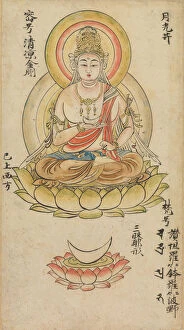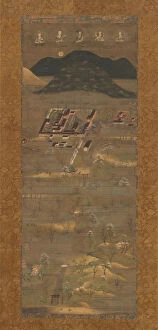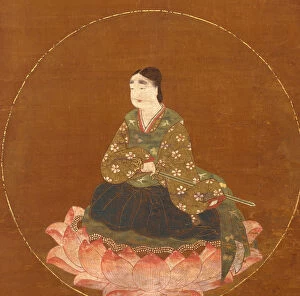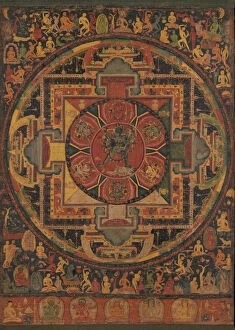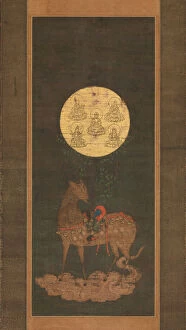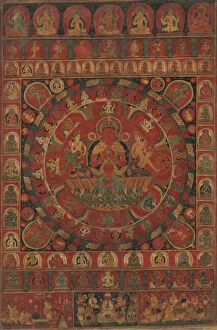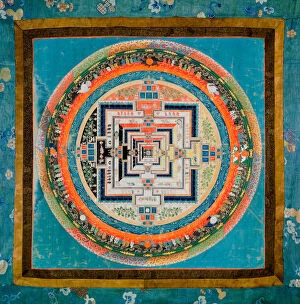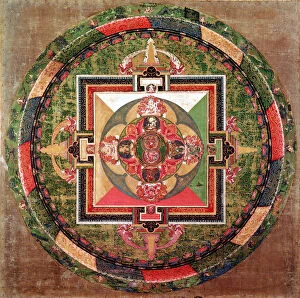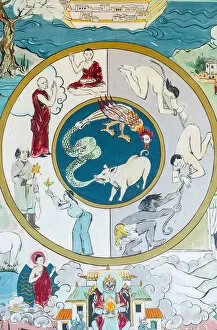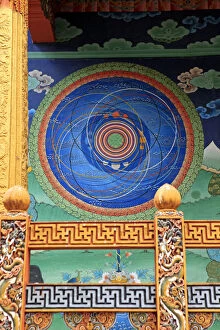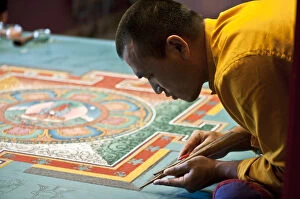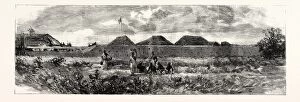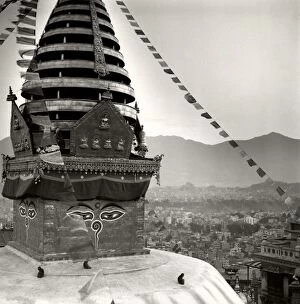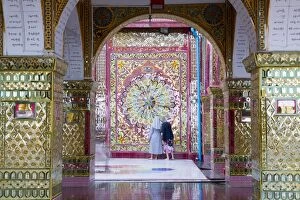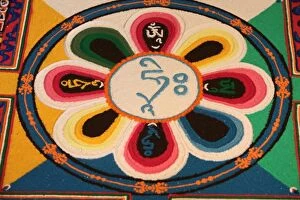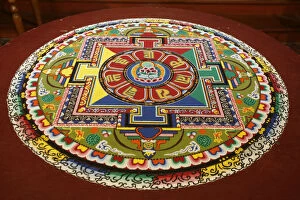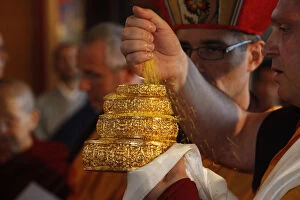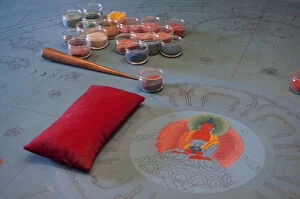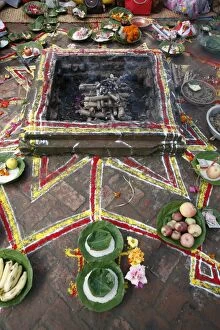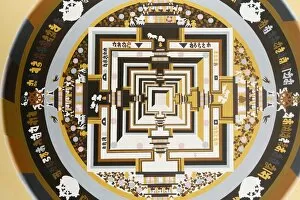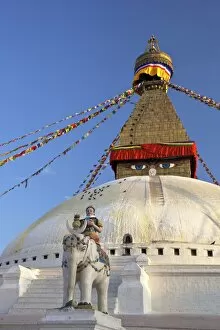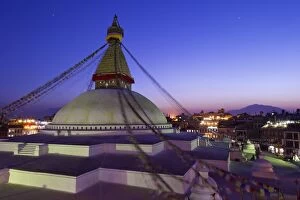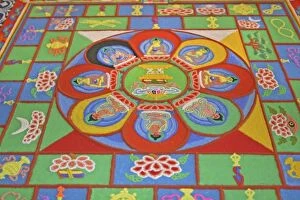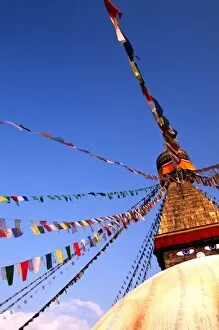Mandala Collection (page 3)
A mandala is a sacred geometric design that holds deep spiritual significance in various cultures around the world
For sale as Licensed Images
Choose your image, Select your licence and Download the media
A mandala is a sacred geometric design that holds deep spiritual significance in various cultures around the world. From the intricate Tibetan thangkas to colorful Aztec calendar designs, these captivating artworks can be found in different forms and places. In Bhaktapur, Nepal, Asia, a mandala on a Tibetan thangka catches the eye with its mesmerizing patterns and vibrant colors. It serves as a visual representation of divine energy and symbolizes unity and harmony. Traveling across continents to North America, Mexico reveals an enchanting souvenir blanket adorned with a colorful Aztec calendar design. This mandala-like pattern reflects the rich cultural heritage of ancient civilizations while adding warmth and beauty to any space. The Wheel of Samsara is another profound concept depicted through mandalas. Originating from Buddhist philosophy, it represents the cycle of birth, death, and rebirth. In Sikkim's Rumtek Monastery in Gangtok, an illuminated mandala seems to radiate from within, reminding us of this eternal cosmic journey. Mandalas continue to captivate hearts even beyond their traditional homelands. Paris, France showcases Buddhist sand mandalas meticulously crafted by skilled artisans. These ephemeral masterpieces serve as meditative tools for practitioners while also showcasing artistic excellence. Inside Tibet's Potala Palace in Lhasa stands another magnificent example – a mandala adorning its walls. Its intricate details reflect both religious devotion and architectural grandeur that have stood the test of time. Compassion takes center stage in Paris once again with two stunning examples - The Mandala of Compassion found in Ile de France region depicts love and empathy through its exquisite design language. Lastly but not leastly, Vajrasattva Mandala portrays Vajrasattva - tantric Buddha embracing prajna wisdom without any beginning or end on cloth using gouache technique.

